Purpose of Maintenance
Apart from safety, maintenance is needed to keep plant in an acceptable condition. Maintenance of this kind must be reviewed on an economic and energy efficiency basis.
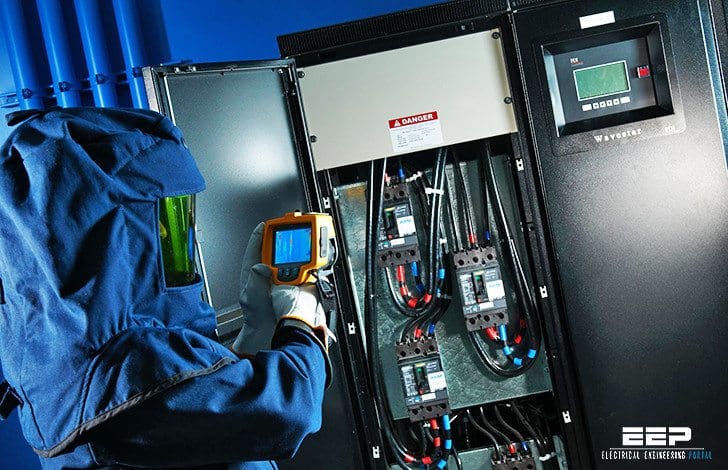
While it is appreciated that breakdown of plant may result in costly interruption of normal building operation, it must also be borne in mind that stopping plant for maintenance can also cause a loss in production.
Equipment on continuous and arduous duty, e.g. switchboards, motor control centres (MCCs), air-handling units, chiller plant etc., require more attention than that which is lightly loaded and rarely used.
Initial Steps For Economic and Energy Efficiency
Apart from the above considerations there will be the question of whether to repair or replace faulty equipment. This requires analysis of the past and future maintenance costs and the benefits of new equipment.
However, some simple initial steps can be taken as far as the economic and energy efficiency is concerned for maintenance of electrical equipment in buildings.
1. Standardisation of Equipment
The use as far as possible of standard items such as switchgear will help both in buying, stockholding and replacement of components on the most economic and convenient basis.
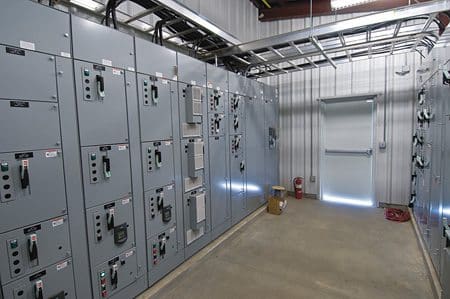

2. Establishment of Records on Breakdown
Initially this may be on a simple log book or card system. This information should give some idea of which plant requires attention and at what intervals. It may also lead to improvements to the plant itself which will reduce the frequency of future failures.
3. Frequency of Maintenance
This requires careful organisation to ensure that it fits in with operational requirements. All planned maintenance should therefore have been agreed with the relevant operation manager prior to implementation.
4. Economic of Routine Maintenance
It may not be economic or practical to include some equipment in a scheduled routine although safety inspections will still need to be carried out.
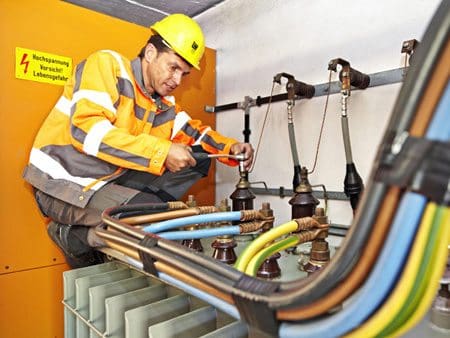

Examples of low priority maintenance are equipment that is not subject to breakdown, e.g. electric heater, and equipment that would cause little or no interference with operational routine and could be repair or replaced at any time.
5. Upgrading to More Efficient Plant
Energy saving can be achieved by changing the type of equipment in use, for example:
- Replacement of less efficient lamps with more energy efficient lamps.
- Replacing electro-mechanical control devices to electronic systems.
- Installing new high efficiency motors to replace old motors particularly where extended duty operations prevail.
- Retrofitting VSDs for flow control of fans or pumps.
The economics of changing inefficient existing systems, which are continuing to provide a satisfactory operational performance, obviously requires careful consideration. Not only the costs of new equipment need to be understood, but also equipment life can have a significant impact on the overall financial viability of any proposed changes.
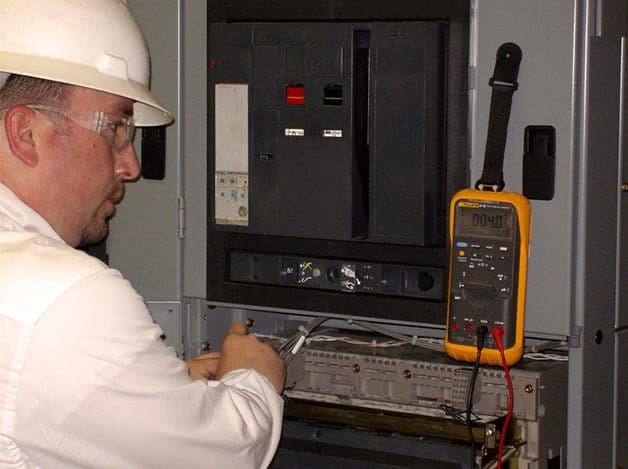

Emergency Maintenance
The emergency maintenance can hardly be regarded as maintenance in the sense that, in many cases, it consists of an urgent repair to, or replacement of, electrical equipment that has ceased to function effectively.
Planned Maintenance
In the use of electrical plant and equipment there are obviously sources of danger recognised in the Electricity (Wiring) Regulations.
These regulations are mandatory and serve to ensure that all electrical plants and equipment areadequately maintained and tested to prevent any dangerous situation arising that could harm the users of such equipment or the building occupants.
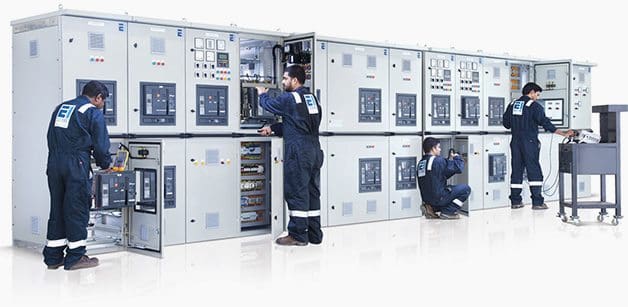

Normally, maintenance carried out solely for safety reasons will be covered by standard procedures, which in some instances will have to fulfil the relevant Code of Practice for the Electricity (Wiring) Regulations.
Bearing should also be checked for wear and tear to prevent contact between the rotor and stator. Maintenance can also be based on the complete item of plant, or auxiliary plant, such as the central air conditioning plant of a tall building.
Reference // Guidelines on Energy Efficiency of Electrical Installations – Electrical and Mechanical Services Department – The Government of the Hong KongSpecial Administrative Region











Hi I am Shumani and studied electrical and also got courage to start my own electrical company. It is still on a foundation level and need a lot of assistance. Please help me to grow my company big if you can. 072 2369 386. Anti darkness electrical is the name of the company and specializes in electrical installation and maintenance in domestic and industrial area. Village electrification.
Upgrading the equipment to keep up with technology is a great way to increase the efficiency of your plant. The savings from the efficiency increases will translate into profits. As an added bonus, these upgrades are often safer as well.
I have always found learning about electrician work interesting. It is neat that energy saving can be achieved by changing the type of equipment in use. Just saving a little bit of energy here and there really can go a long way.
I’m fascinated by the electric power plants and how its distributed from power plant to industries, manufacturing , commercial, and household. now i’m working at manufacturing company same time at 4th year studying of BS. electrical engineering. whenever i see new technology I was amazed.